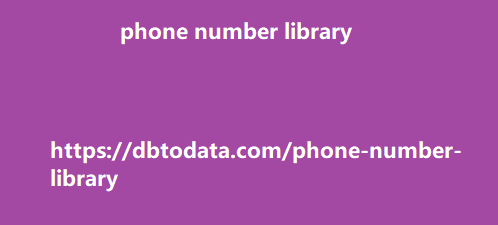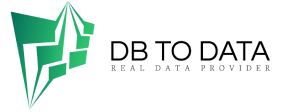We’ve already written a guide to onsite optimization, but here are the factors you should be checking: Title Tags Meta Description Keyword Placement Some of these may seem like outdated factors for you, but fully optimizing all these factors make a difference. Additionally, internal linking plays a massive part in fully optimizing your website since it improves crawling and navigation by the spiders. The more your content is seen, the faster the changes get noticed by Google. Offsite difference Lastly, when you’ve checked and taken note of all the differences between your pages, the last thing you should check are the competitor’s backlinks. Does their page have a higher number of quality backlinks than yours? Do they have more backlinks from reputable sources? Then maybe you should level-up your link building.
Since onsite and content factors are easily spotted and
changed, we usually don’t have any problems with them. But, when it comes to link building, you can only see it if you intentionally check your competitor’s backlink profile. One high-quality link can make the difference between rank 1 and rank 2-10. So, it would be best for you to be wary of your competitor’s backlink profile and strive to be better than them. You can even use their own backlink profile to spot new link building opportunities. Key takeaway It’s as simple as that. I’ve seen long-form content about competitor keyword analysis in search, but it doesn’t have to be that way. Competitor Keyword Analysis is simple and straightforward enough.
You just need to know how to gather the necessary
information, compile and organize, and analyze and determine how you can improve your own strategies.With so many things to think about in SEO, people tend to forget about the importance of image SEO and the value that it could bring to a website. As a result, images are only added just for designs and to accompany articles barely having any optimizations. When Image SEO is mentioned, most would think about alt text and that’s it. Well, I hate to break it to you, but there is more to image SEO than just alt texts. Take note that SEO is not just the 10 regular links you see in the search results.
There are also videos, news, shopping, and of
course, images. By not optimizing images on your website, you are wasting so many opportunities that could bring your website more traffic, backlinks, and give users a better experience. In this post, I will break down all the best practices that you must follow for image SEO. 1. Use Original Images If you’re using a stock photo on your article guess what, a lot of people are probably using it too! That’s the reason why I put this so high on the list because if you’re using stock photos most of the time, you’ll only be wasting time doing the rest of the best practices for images on this list.
If you’re optimizing for image SEO, you would
want your image to appear at the top albania phone number library of the Google image results. If you’re using a stock photo, you can’t expect to outrank the website that hosts the stock photo that you used. Invest some time to take original photos of your products or service in action. Not only will this give you more assets for image SEO but also would provide your users with a good experience. 2. Choosing the Image Format There are so many image types to choose from but the most common ones used for websites are JPG and PNG – both of them have their own pros and cons. A JPG image has a lower file size but the quality is compromised.
When you convert an image to JPG, some of the
information in the photo is permanently deleted allowing for lower file size. On the other hand, PNG images have higher quality but the file size is much bigger as well. If you compare them side by side, you really can’t tell the difference between a PNG and a JPG image. So which of the two should you choose? There’s actually no right answer here. It all depends on your needs. JPG is most commonly used for photos that have large file sizes such as photos from professional cameras. PNG is commonly used for graphics and screenshots. Personally, I prefer using JPG most of the time because I choose to prioritize loading speeds.
Now if you really want to put in the extra work, you
might as well use next-gen image sms one of the channels with the best roi formats: JPEG 2000, JPEG XR, and WebP. These new image formats have much higher quality and better compression. However, not all browsers support these new formats. For example, the latest versions of Chrome and Firefox support WebP but are not able to support JPEG 2000 and JPEG XR. Currently, WebP is the format that is supported by the latest versions of most popular browsers. You can convert images to WebP by going to WebP Converter. Now is really a good time to test these new formats and see how well they perform on your website so you can be prepared for the future.
3. Optimize Image File Name The image file
name is often omitted by many thinking t qatar data hat alt text is the only thing used by Google to understand what an image is about. But in fact, the file name is crucial too and it is one of the first things Google looks at. Here’s a photo of me of the time I spoke for Tedx here in Manila. Would it be better to leave the image file name as DCIM202054512.jpg or sean-si-tedx-talk. – it works similar to how you would optimize an alt text of an image but a shorter one.


